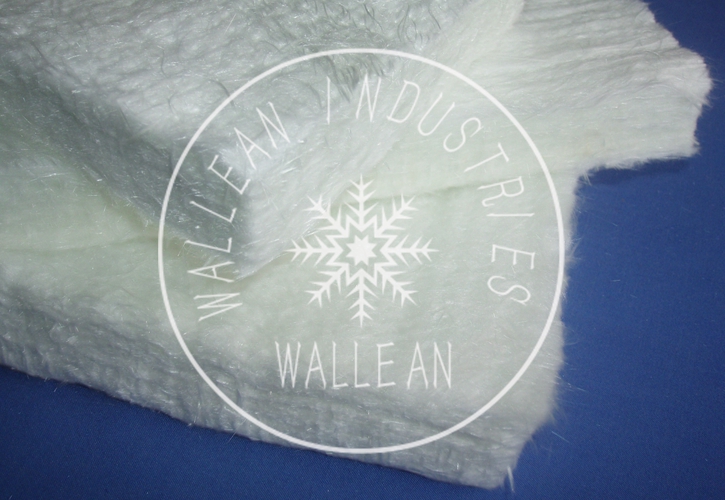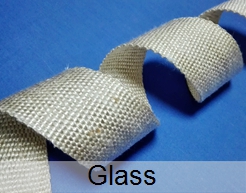
Glass needle mat
Description
- Fiberglass needle mat uses E-glass fiber roving as the raw materials while each strand is chopped into a 2~3 inch fraction via the fiber cutting machine and further decomposed into extreme tiny blanket shape through the cotton carding engine. Subsequently, the needled fabrics are ceaselessly sewn by thousands of needles.
- It is characterized by heat-resistance, tensile strength, tenacity fireproofing, anti-erosion, and good electrical insulation.
- The adoption of extreme tiny E-glass fiber followed by particular needling leads to numerous thin holes with the fiberglass blanket so as to provide heat-insulation and sound-absorbency.
Specification
|
1000¡ãF / 537¡ãC: Fiberglass Needle Mat |
||||
|
Item No. |
Thickness(mm) |
Width(mm) |
Density(Kg/m3) |
Length( m/roll) |
|
WFN03/1050/40 |
3 |
1000 |
100-160 |
40 |
|
WFN04/1050/40 |
4 |
1000 |
100-160 |
40 |
|
WFN05/1050/30 |
5 |
1000 |
100-170 |
30 |
|
WFN06/1050/30 |
6 |
1000 |
120-170 |
30 |
|
WFN08/1050/20 |
8 |
1000 |
120-180 |
20 |
|
WFN10/1050/20 |
10 |
1000 |
120-180 |
20 |
|
WFN12/1050/20 |
12 |
1000 |
130-180 |
20 |
|
WFN15/1050/15 |
15 |
1000 |
140-180 |
15 |
|
WFN20/1050/10 |
20 |
1000 |
160-200 |
10 |
|
WFN25/1050/10 |
25 |
1000 |
160-200 |
10 |
Note: We could make the max width in 2400mm.
- Subsequent to being dipped into the resin and next processed into lath shapes, the fiberglass blanket is applicable to building construction and gaskets of air conditioners for heat insulation and noise elimination
- Subsequent to the laminating for aluminum foil, aluminized glass fabric, and PVC fabrics on the surface and next being processed into straps, it is provided for thermal insulation and protection of cold / hot piping and underground pipes.
- Employed as heat-resistant, tensile, waterproof, anti-erosion materials including heat proofing of engine hoods, cars mufflers, thermal insulation materials of industrial boiler sand being able to replace expensive fully-importing asbestos goods.


